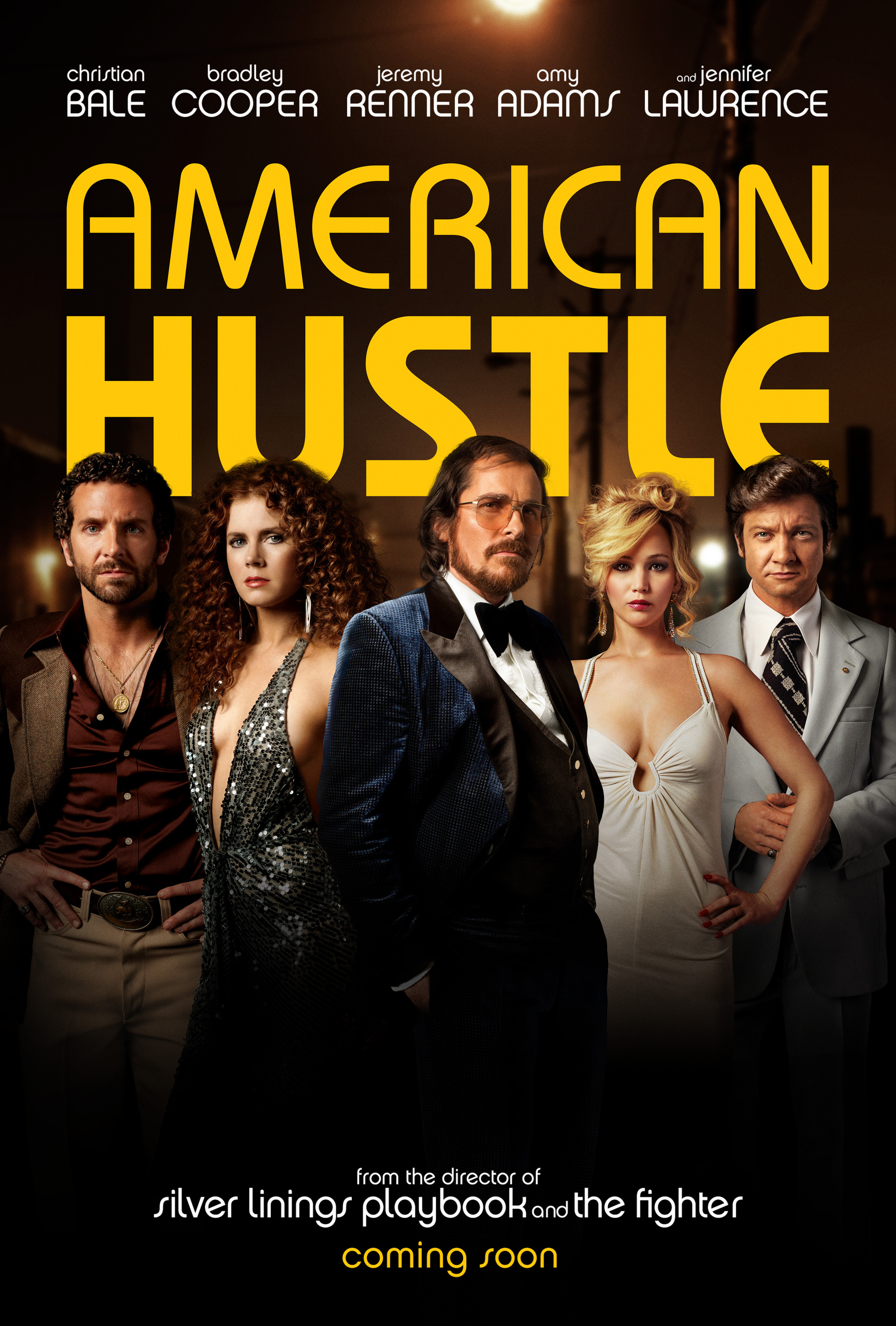
Added on is the fact that American Hustle is less about the hustle and more about the American dream; each character portrays ambition and insecurities in the quest for more: a better community, more money, security, power, fame, recognition, leading to that great American end, excess.

Check out what we’ve been reading this week–and let us know what you’ve been reading/writing in the comments!
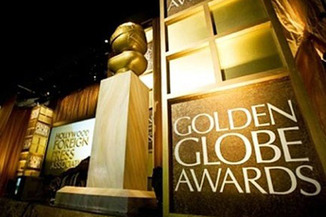
The 2014 Golden Globe nominations are here! Check out the round-up with all our feminist commentary on the nominees in film and television.

There are precious few characters of color and particularly women of color on screen. Characters of color usually serve the primary function of helping white characters through dilemmas. If they are given their own plots, expect their storylines to be zany comic relief while the white characters deal with the serious business. …It’s 2013, so I say it’s about time that we allow women of color to shine in their own right without tacking on white ladies as a wink to ratings or as an apology, wouldn’t you agree?

Romance, lust, and dramatic intrigue are the antidote to our anxiety that we are just boringly adequate enough to make it through everyday life. The best part is that we can deny any accusations of shallowness or narcissism because at the end of the day, we don’t have to take responsibility for the actions of fictional characters. It’s a win-win!
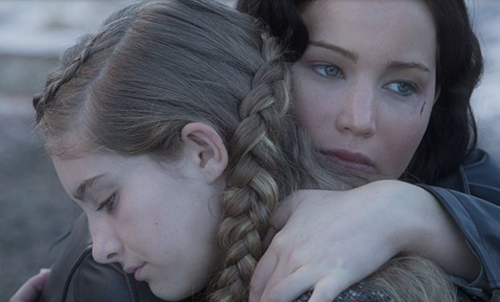
It’s protecting these people that stops Katniss from running into the woods and away from her Important Role and Grave Duties. Using family in danger as motivator for heroes is a well-worn trope. Male heroes often “nobly” walk away form their love (see Peter Parker and his love interests in both 21st century film adaptations of Spider-Man) or lose them and are then motivated by their death (see Peter Parker and oh, every other hero ever).
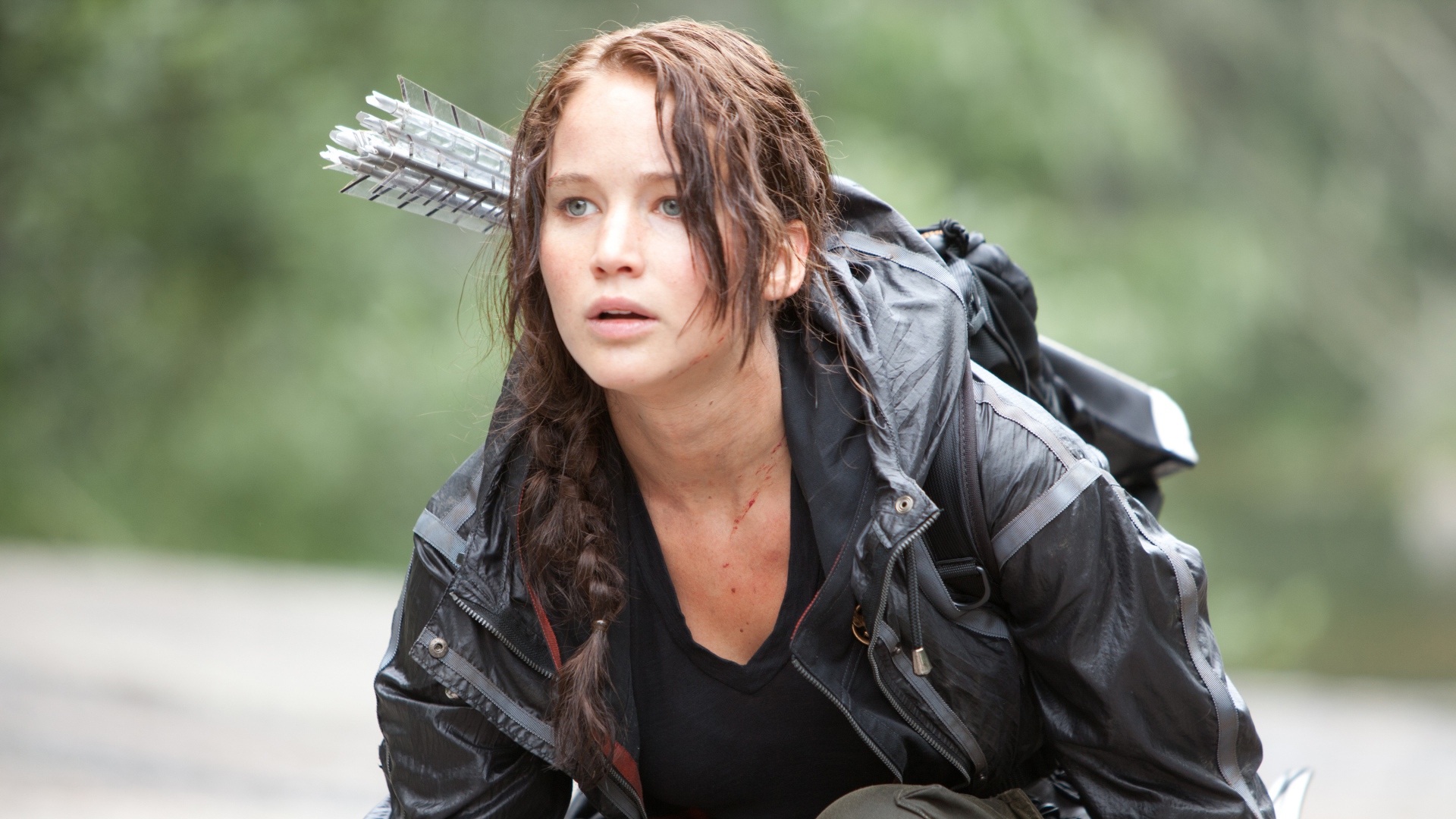
I love that we are having a cultural moment where bestselling books with hotly anticipated film adaptations center on tough, three-dimensional female protagonists, who have kickass, high-stakes fantasy adventures in worlds where gender equality is largely unremarkable. But one can’t help noticing a pattern.
# 50/50 5 Broken Cameras 500 Days of Summer 45 Years The 40-Year-Old Virgin 4 Months 3 Weeks and 2 Days 9 to 5 1971 101 Dalmations 127 Hours 10 Days in a Madhouse 10,000 km 3 1/2 Minutes, Ten Bullets 300: Rise of an Empire 12 Years a Slave 28 Days Later A Abuse … Continue reading “Film Directory”
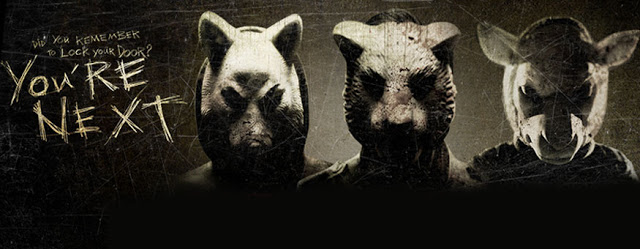
Movie poster for You’re Next Written and Lovingly Spoiled by Stephanie Rogers. Crispian: Where’s Felix? Erin: I put a blender on his head and killed him. You’re Next is sick, and I mean sick like “disgusting” and sick like “badass” because somewhere in my 34-year-old brain, I’m also 12. It’s no secret if you’ve been … Continue reading “There’s a New "Final Girl" in the House—and She’s a Beast: A Review of ‘You’re Next’”
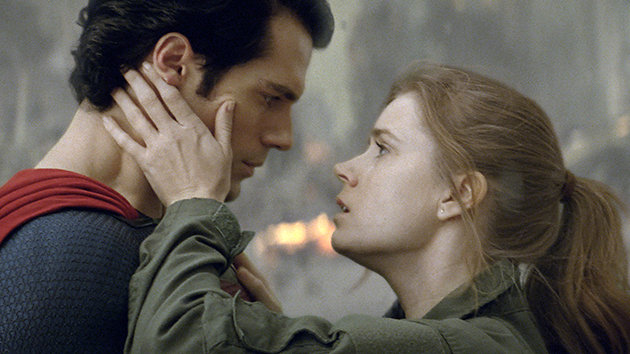
Amy Adams as Lois Lane in Man of Steel Written by Megan Kearns. I’ve never been a huge fan of Superman. Sure I grew up watching and liking the Christopher Reeve films. And I sure as fuck am NOT a fan of Zack Snyder and his frequent faux female empowerment, despite his protestations to … Continue reading “The Women of ‘Man of Steel’ and the Toxicity of Hyper-Masculinity”
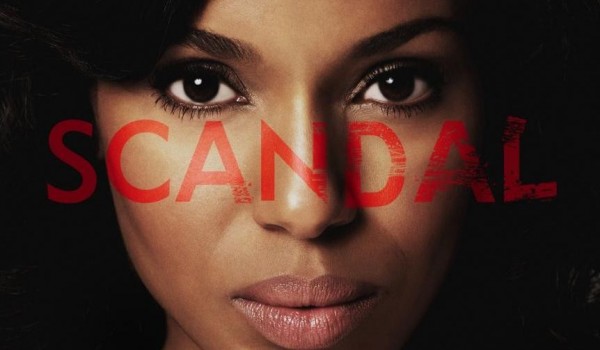
Kerry Washington “Mammy, Sapphire, or Jezebel, Olivia Pope Is Not: A Review of Scandal“ by Atima Omara-Alwala Many writers and film critics have written about the three usual archetypes that black women have fit into in popular culture representation. And it is through this prism Scandal is viewed. The Jezebel, who is very sexually promiscuous; … Continue reading “Women of Color in Film and TV: The Roundup”
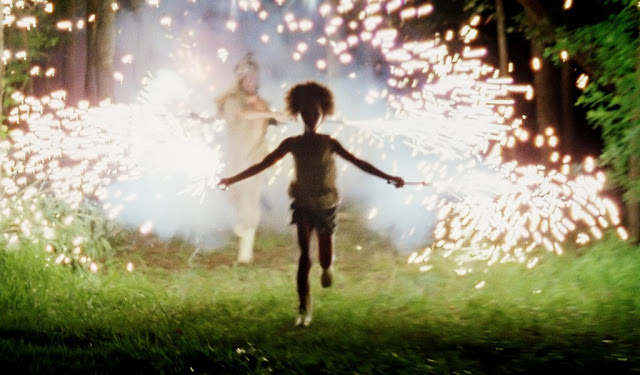
This guest post by Yvonna Russell previously appeared at The Huffington Post and is cross-posted with permission. Beasts of the Southern Wild Last year I proudly blogged about Octavia Spencer’s Supporting Actress Oscar win for The Help. Happily, this is the year of milestones and giving major props to the women of color actresses on … Continue reading “Women of Color in Film and TV: A Celebration of Black Women on Film in 2012”










